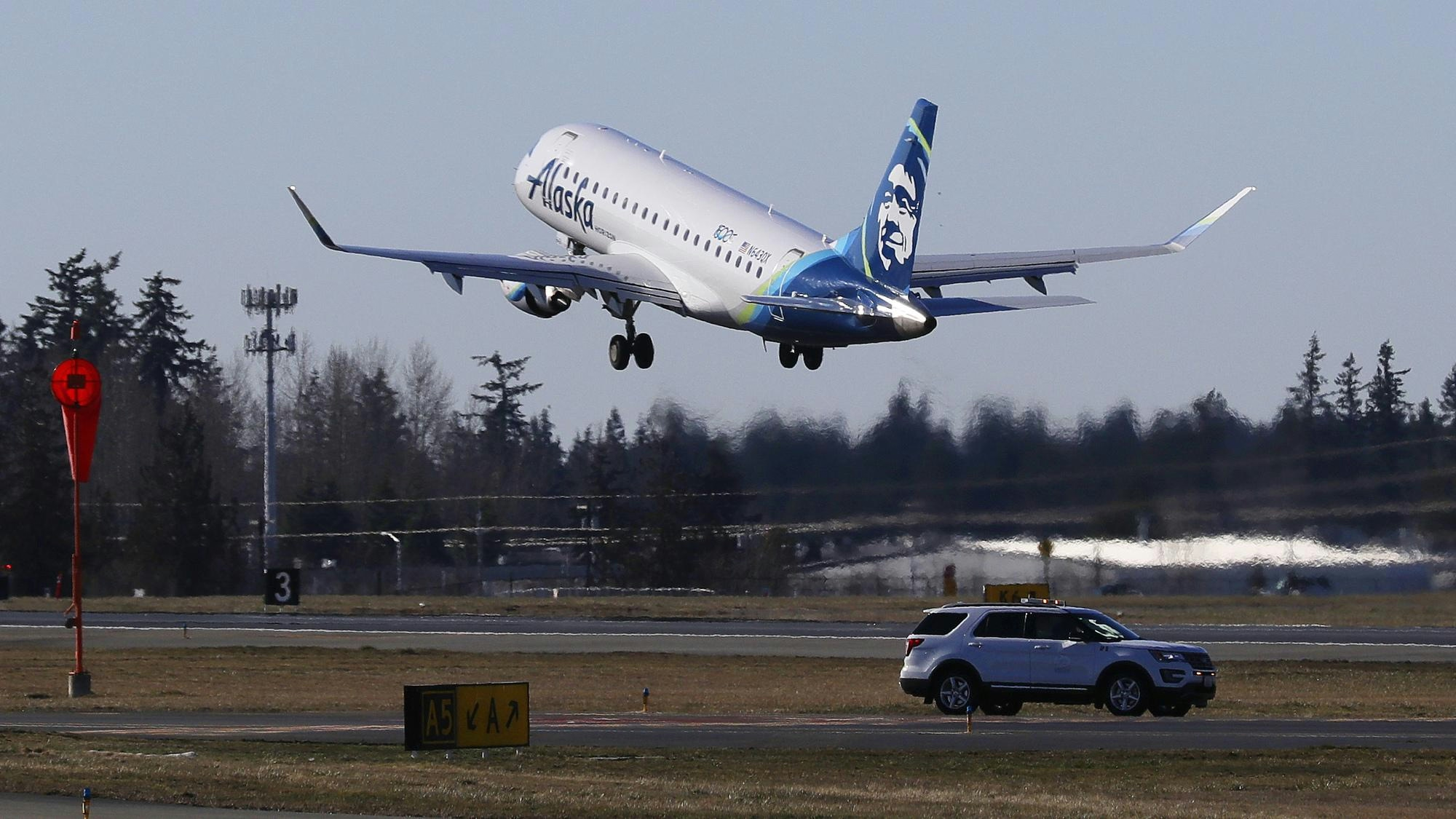
AeroGenie — Votre copilote intelligent.
Tendances
Categories
How Air Travel Affects Your Hearing
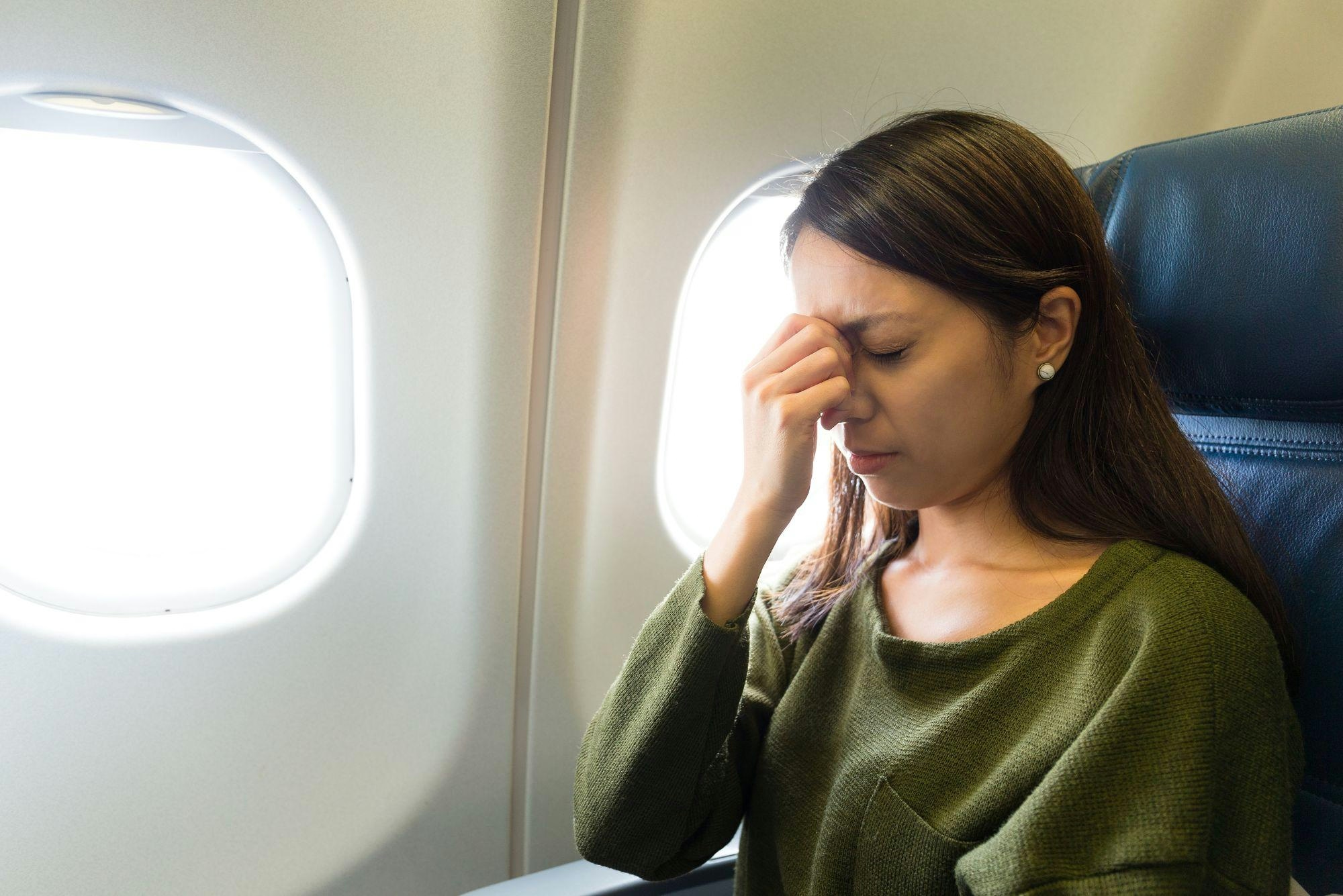
How Air Travel Affects Your Hearing
The Impact of In-Flight Noise on Hearing Health
Air travel is often accompanied by a persistent background of noise—from roaring engines and crying infants to loud announcements—that can make resting or enjoying in-flight entertainment challenging. Beyond mere discomfort, this ambient noise has the potential to affect passengers’ hearing, particularly for frequent long-haul travelers and those who increase the volume on personal devices. Medical and aviation experts warn that under certain conditions, exposure to aircraft noise can be harmful.
Dr. C. Matthew Stewart, a professor at Johns Hopkins Medicine specializing in hearing loss, confirms that the noise levels inside an aircraft cabin can indeed be bothersome, noxious, or even injurious. While the cabin environment is quieter than the immediate vicinity of jet engines, the cumulative effect of sustained noise exposure remains a concern.
Noise Levels and Safety Standards in Aviation
Aircraft noise is a well-recognized occupational hazard for ground crews and flight personnel, who routinely use ear protection such as earplugs and earmuffs. A 2017 Government Accountability Office study highlighted that pilots and flight attendants are often permitted to use protective gear, and they benefit from Occupational Safety and Health Administration (OSHA) regulations that limit noise exposure based on decibel levels. According to Dr. Nicholas Deep, an ear, nose, and throat specialist at the Mayo Clinic, every five-decibel increase halves the safe exposure time. Jet engines can produce noise levels between 130 and 160 decibels, but inside the cabin, noise typically ranges from 60 to 88 decibels, with cruising altitude averaging 80 to 85 decibels.
OSHA guidelines recommend limiting exposure to 85 decibels for eight hours and 80 decibels for 16 hours—thresholds that generally exceed the duration of most commercial flights. Dr. Deep notes that flights lasting 16 hours are rare, suggesting that typical air travel is unlikely to cause hearing damage for most passengers. Nonetheless, repeated or prolonged exposure to elevated noise levels can damage the delicate hair cells in the inner ear, potentially leading to temporary or permanent hearing loss. While eardrum rupture occurs at around 150 decibels, passengers boarding via jet bridges are largely shielded from the loudest mechanical sounds, though brief exposure to engine noise may occur when using exterior staircases.
Advances and Challenges in Aviation Noise Management
Cary B. Grant, a professor at Embry-Riddle Aeronautical University, emphasizes that modern aircraft are significantly quieter than their predecessors. Reflecting on his early experience with the Air Force, he recalls that approaching planes without hearing protection would have caused permanent hearing damage. Today, engine noise inside commercial aircraft is generally considered uncomfortable but not dangerous for passengers.
Despite these technological improvements, the aviation industry faces emerging challenges that may indirectly affect the passenger experience. In 2025, disruptions such as radar malfunctions—exemplified by the Milan ENAV air traffic control hub failure that led to widespread delays and cancellations for Ryanair—have underscored vulnerabilities in air traffic management. Calls for reform in air traffic control systems are intensifying, while safety concerns surrounding manufacturers like Boeing continue to attract scrutiny. Additionally, limited competition in certain markets, such as Canada, has contributed to persistently high fares, further complicating the travel landscape.
As airlines contend with these operational and safety issues, the implications for travelers extend beyond noise exposure and hearing health. While current data suggests that typical flights pose minimal risk to passengers’ hearing, ongoing industry pressures and evolving safety concerns may shape future in-flight environments and consumer protections.
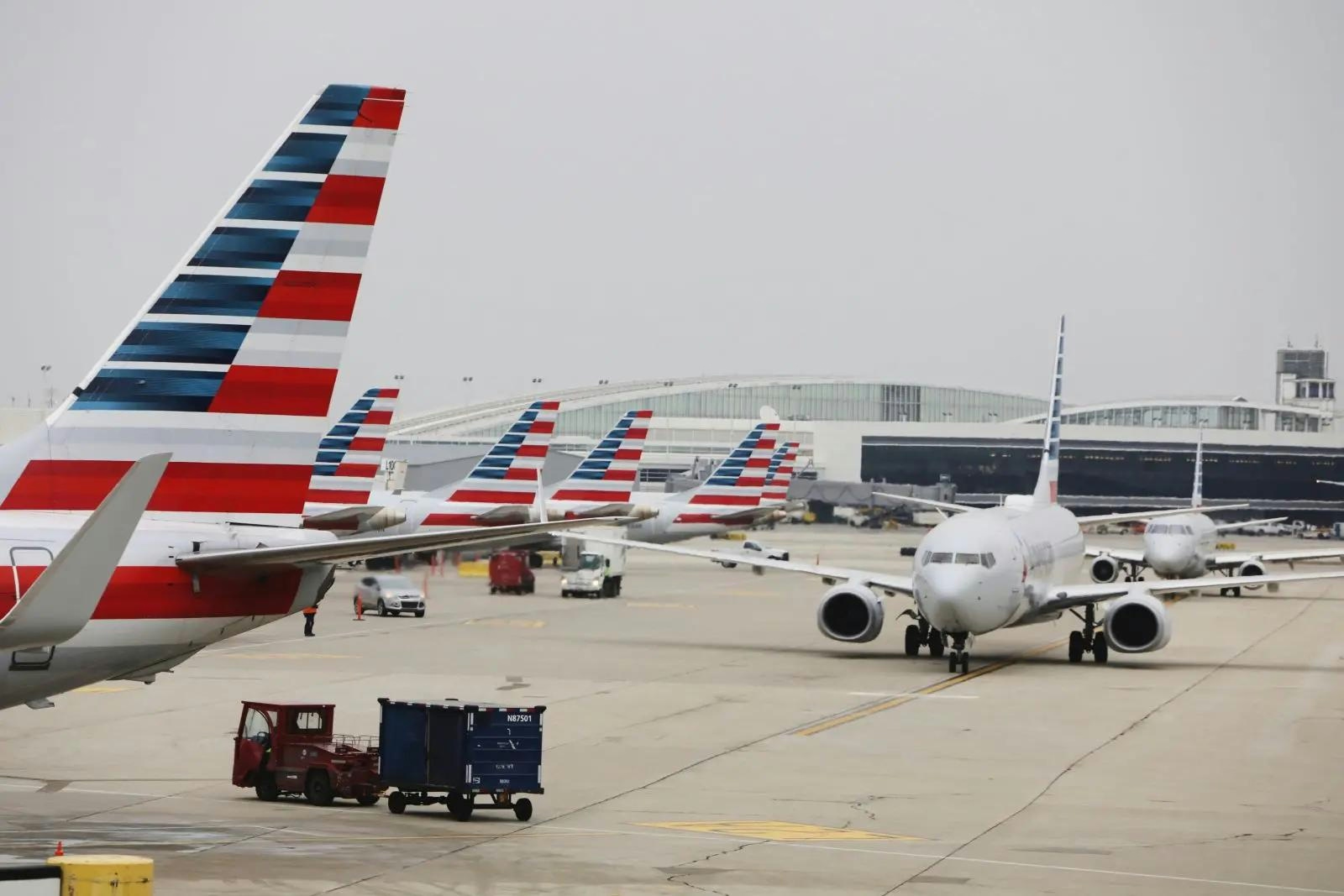
American Airlines Marks 100 Years of Flight with Centennial Events in 2026
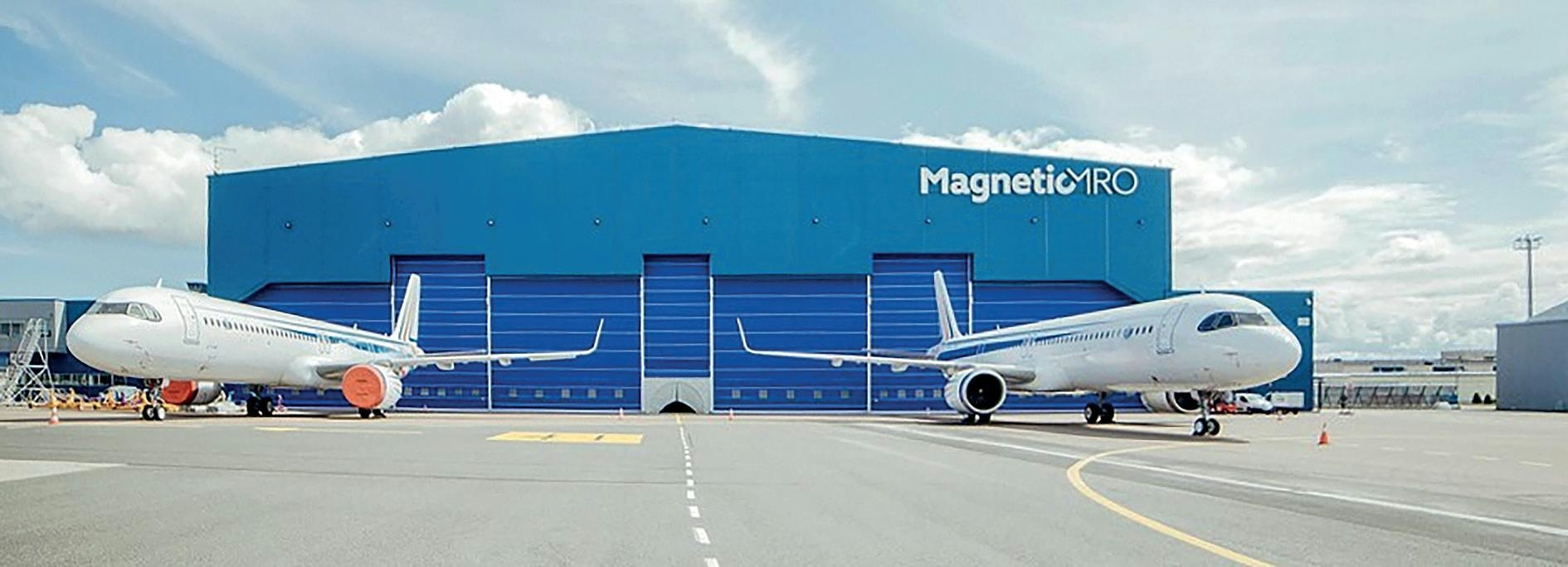
Thai Airways selects Trax and Aerostrat to drive its digital MRO transformation
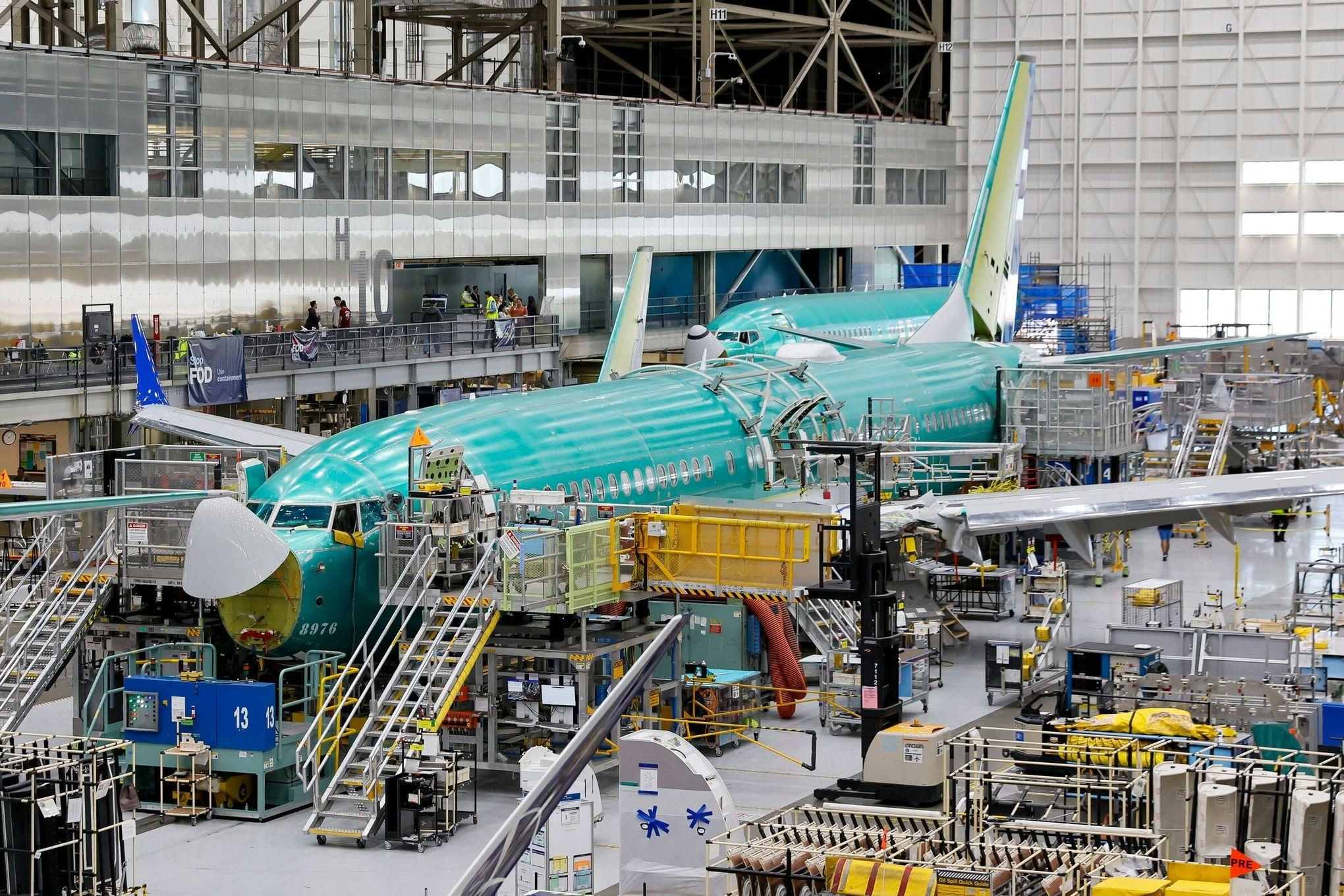
December 2025 Commercial Aircraft Production and Airbus and Boeing Deliveries
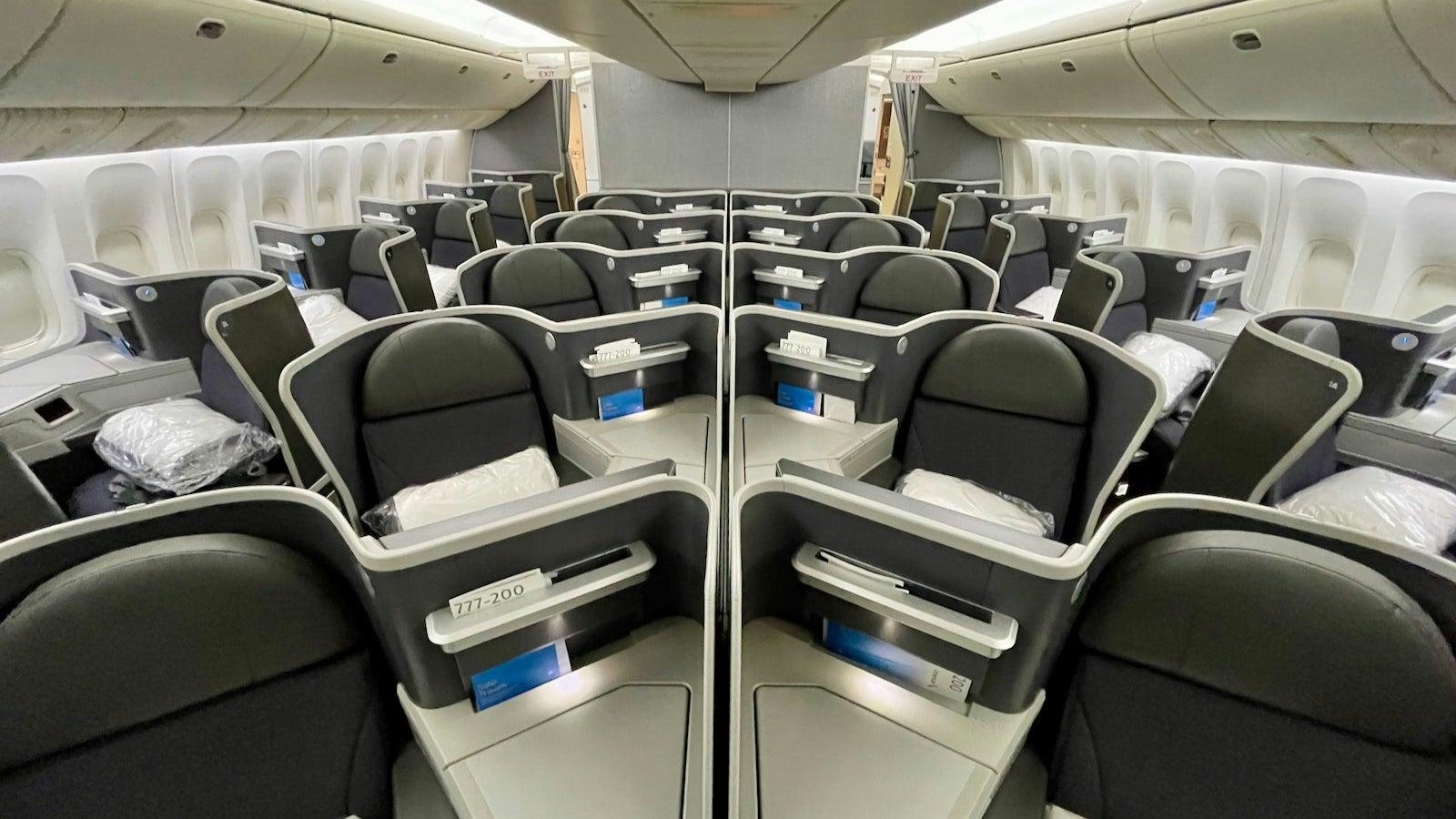
American Airlines Uses AI to Improve Family Travel Experience
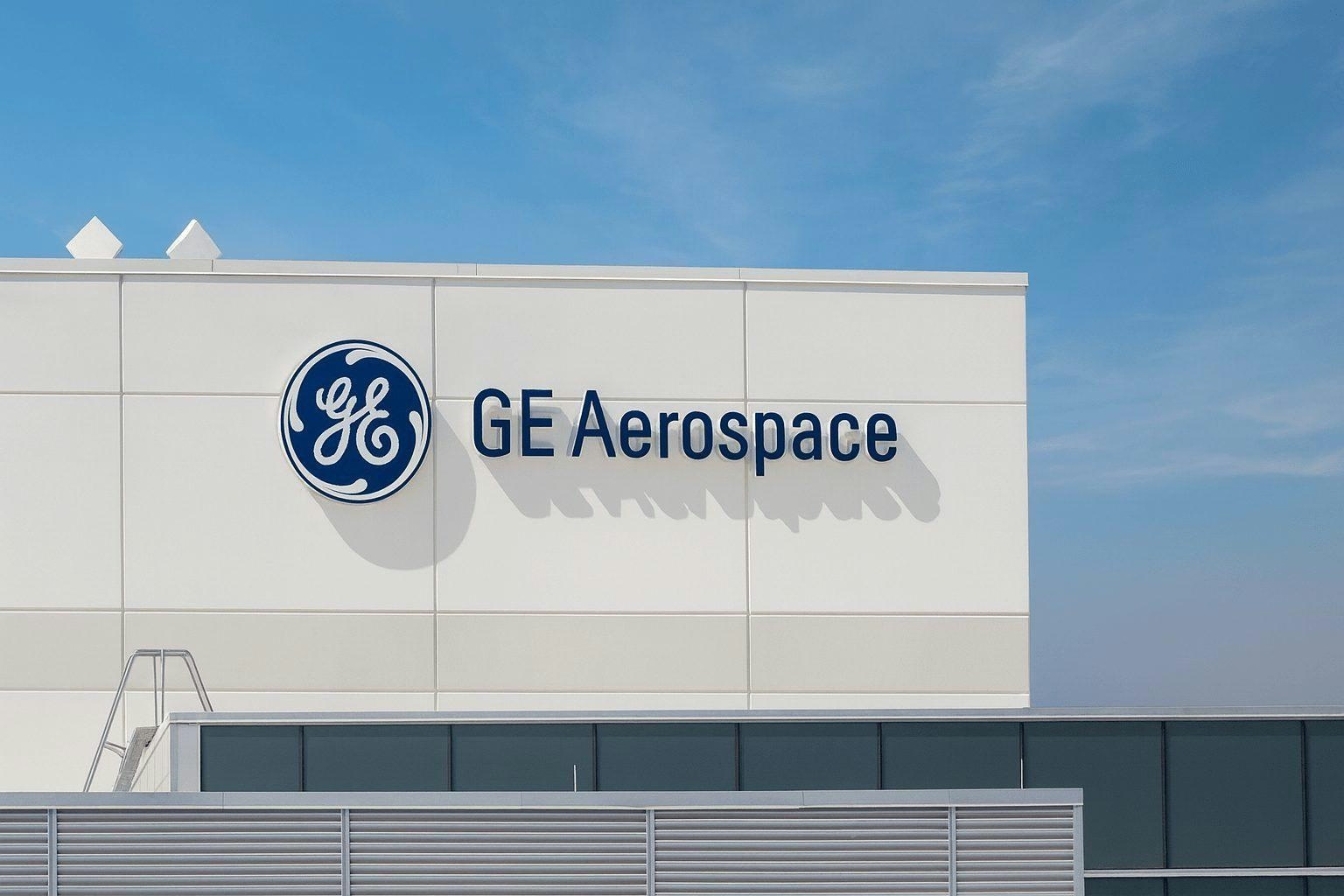
Outlook for GE Aerospace in 2026
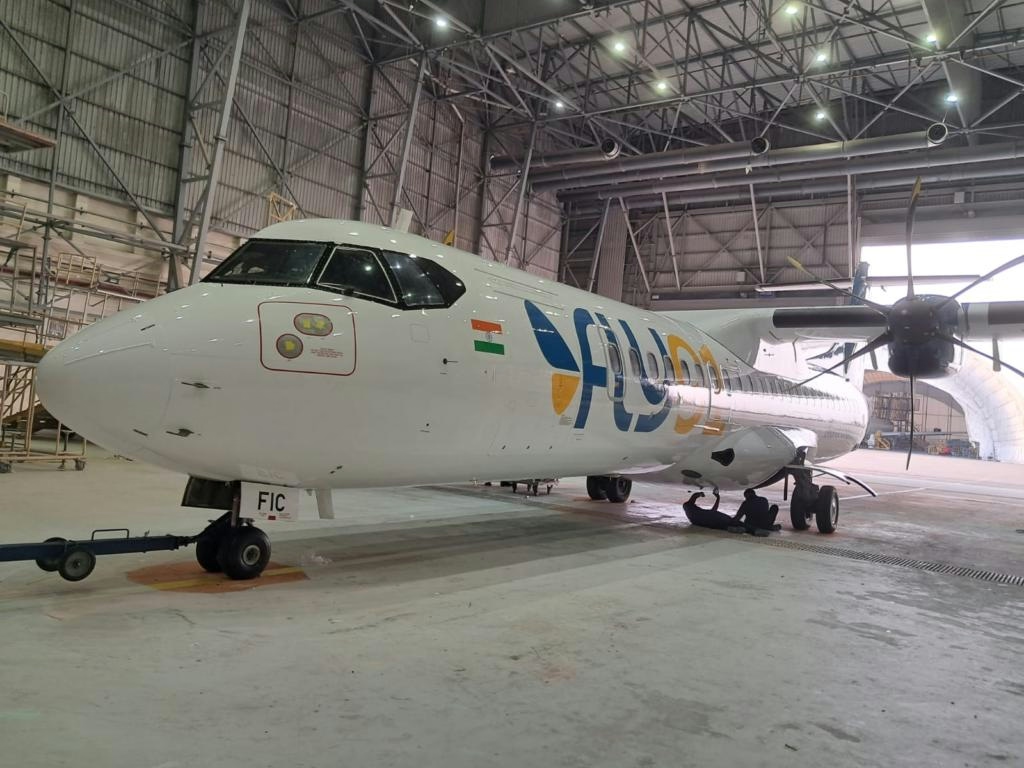
FLY91 Leases Two ATR 72-600 Aircraft from DAE to Expand Regional Network
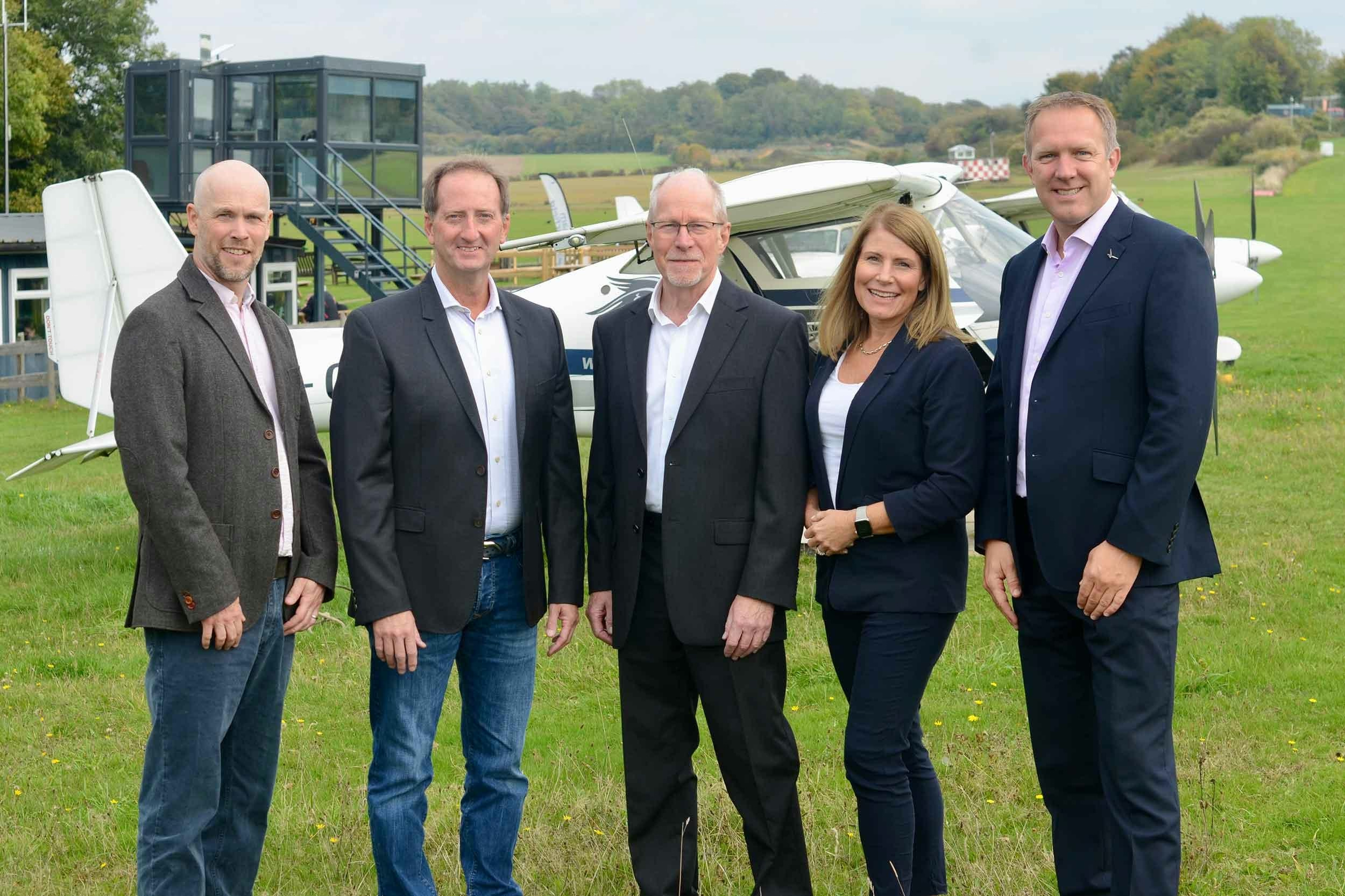
EmPower Introduces Aviation Training Emphasizing Sustainability and Innovation
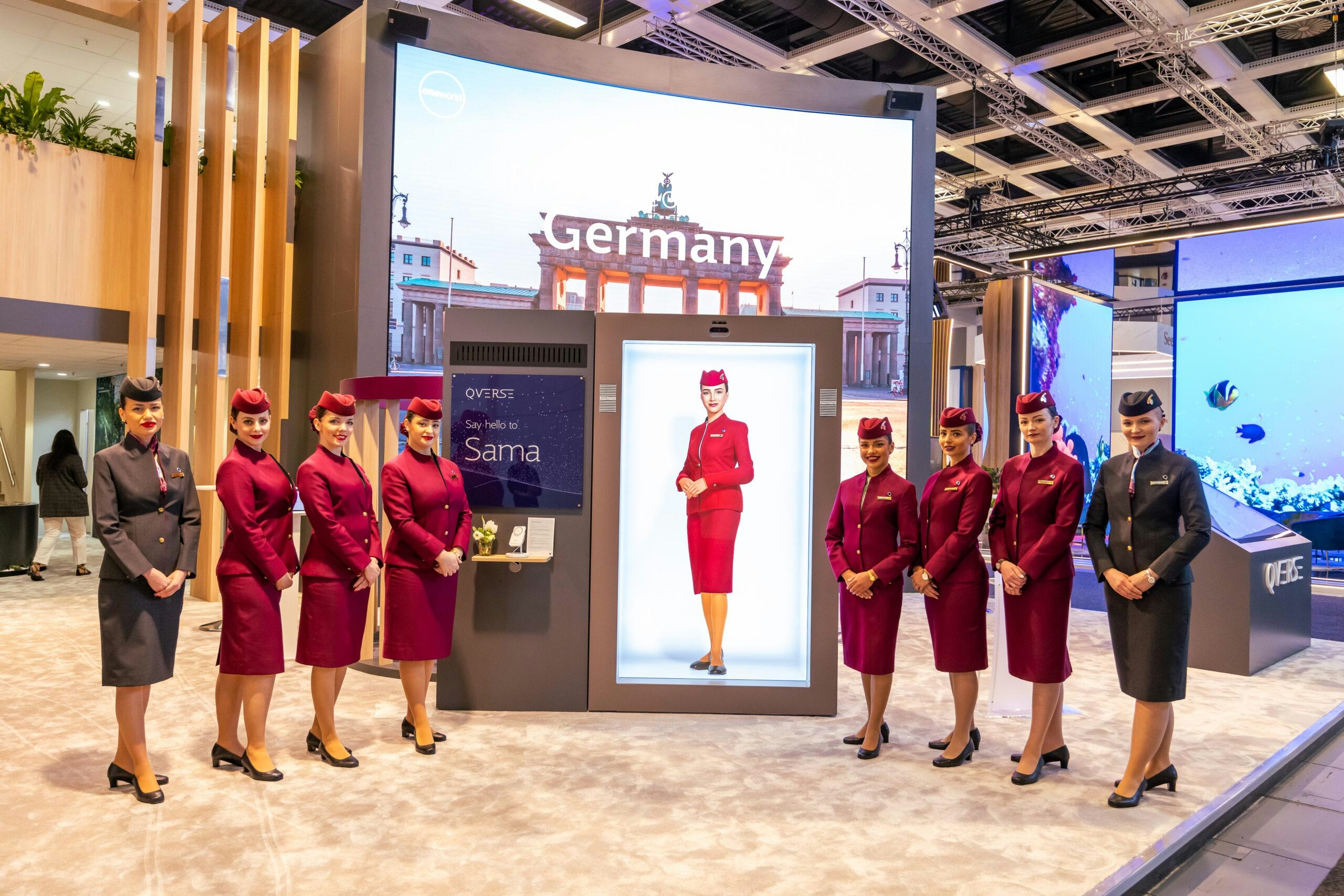
Qatar Airways Unveils the World’s First Digital Cabin Crew Member
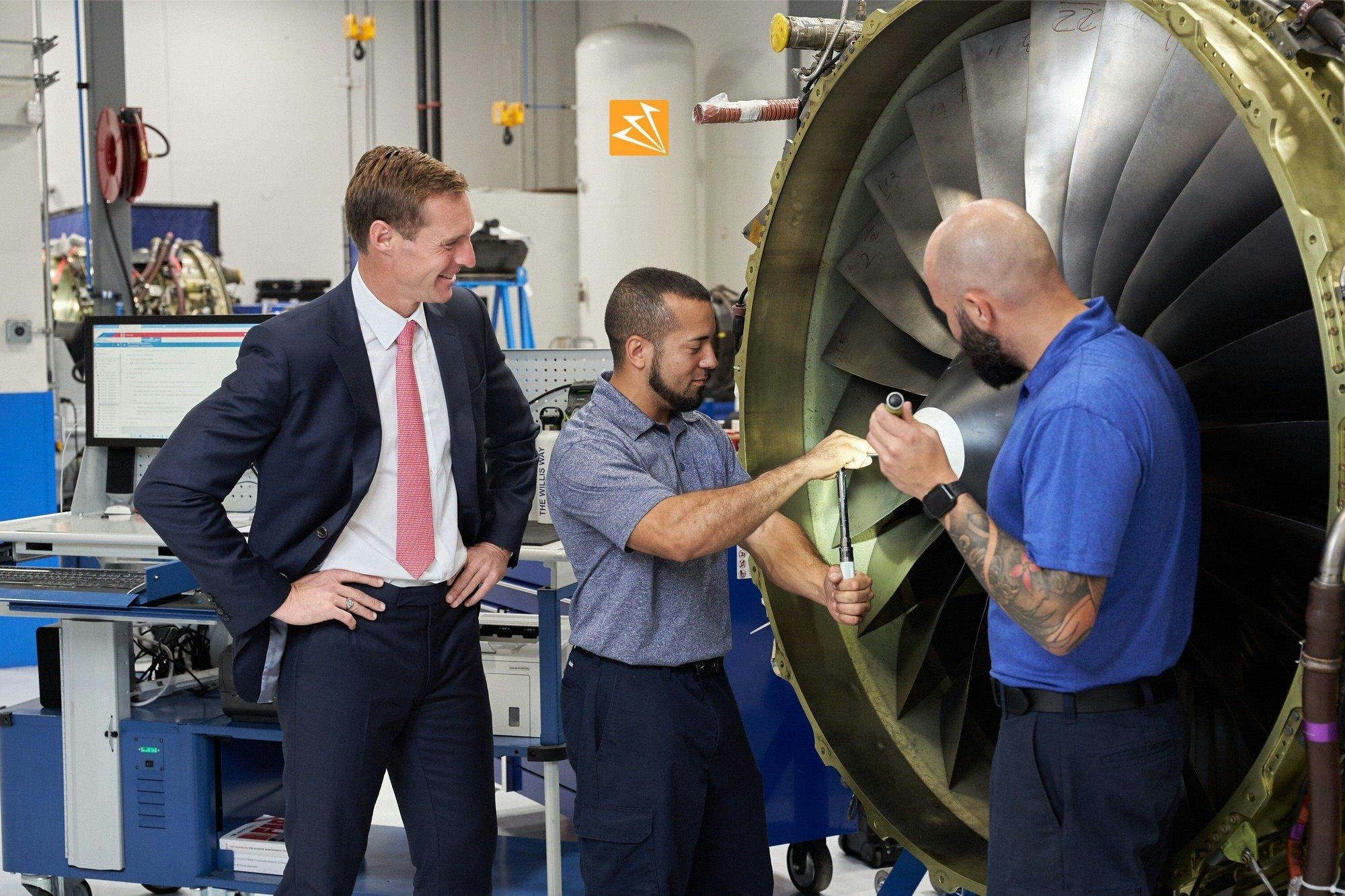
Willis Lease Finance and Blackstone Credit Form $1 Billion Aircraft Engine Leasing Partnership
